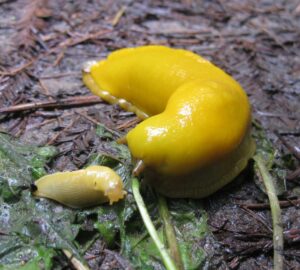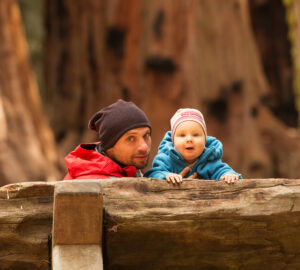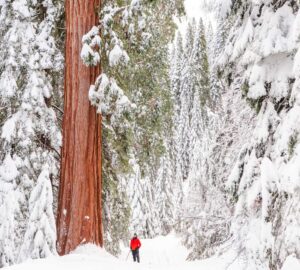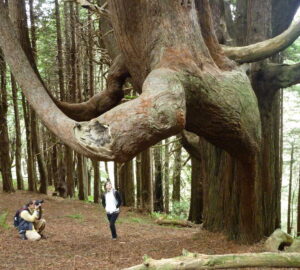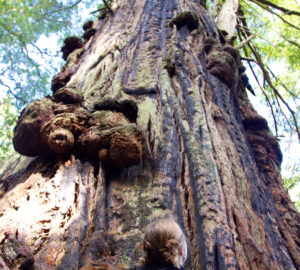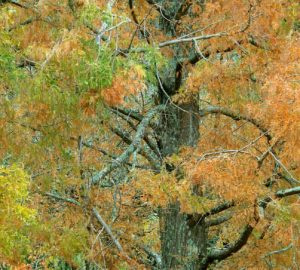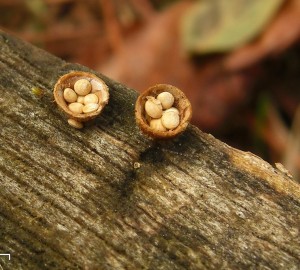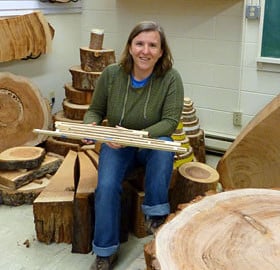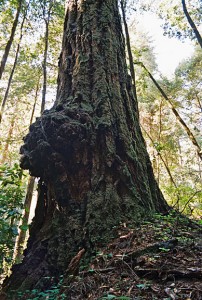
We’ve all seen them—those enormous growths from the trunks or bases of redwood trees, sometimes covered in new sprouts, sometimes appearing to drip down the side of the tree like the molten remnants of a lost limb. These strange formations are collectively known as burls, but did you know that they come in three different types, all doing different jobs?
These structures, which can be found sold as bowls and other trinkets up and down the coast range in tourist traps and curio shops from Crescent City to Willits, serve a number of different functions for the tree. Basal burls, found unsurprisingly at the base of the tree, are not indicative of injury or disease, but are a normal and natural reproductive structure on redwoods. The burls (formally known as lignotubers when growing from the base of the tree), start growing very early on in the tree’s life, becoming visible at around 3 years old. As the tree matures, these burls can become massive, and are often covered with leafy shoots or buds (amazingly, the lignotubers can also grow roots to help anchor trees growing on rocky or thin-soiled sites). This sprouting does diminish with age.
Burls grow on the trunk and come in two different varieties. The first type generally forms and grows in response to a wound, in which case they generally begin just above the injury, and grow down to cover it. The other type of trunk burl is found higher up, and produces new shoots and roots on trees that become partially buried with silt when growing on floodplains.
We think that basal burls are genetically controlled, while trunk burls are a response to environmental conditions. What happens below ground is still mostly a mystery to us.
Want to learn more? Check out this great discussion of lignotubers and their function. Peruse our Fun Forest Facts to learn more about plants and animals that make up the redwood forest.

